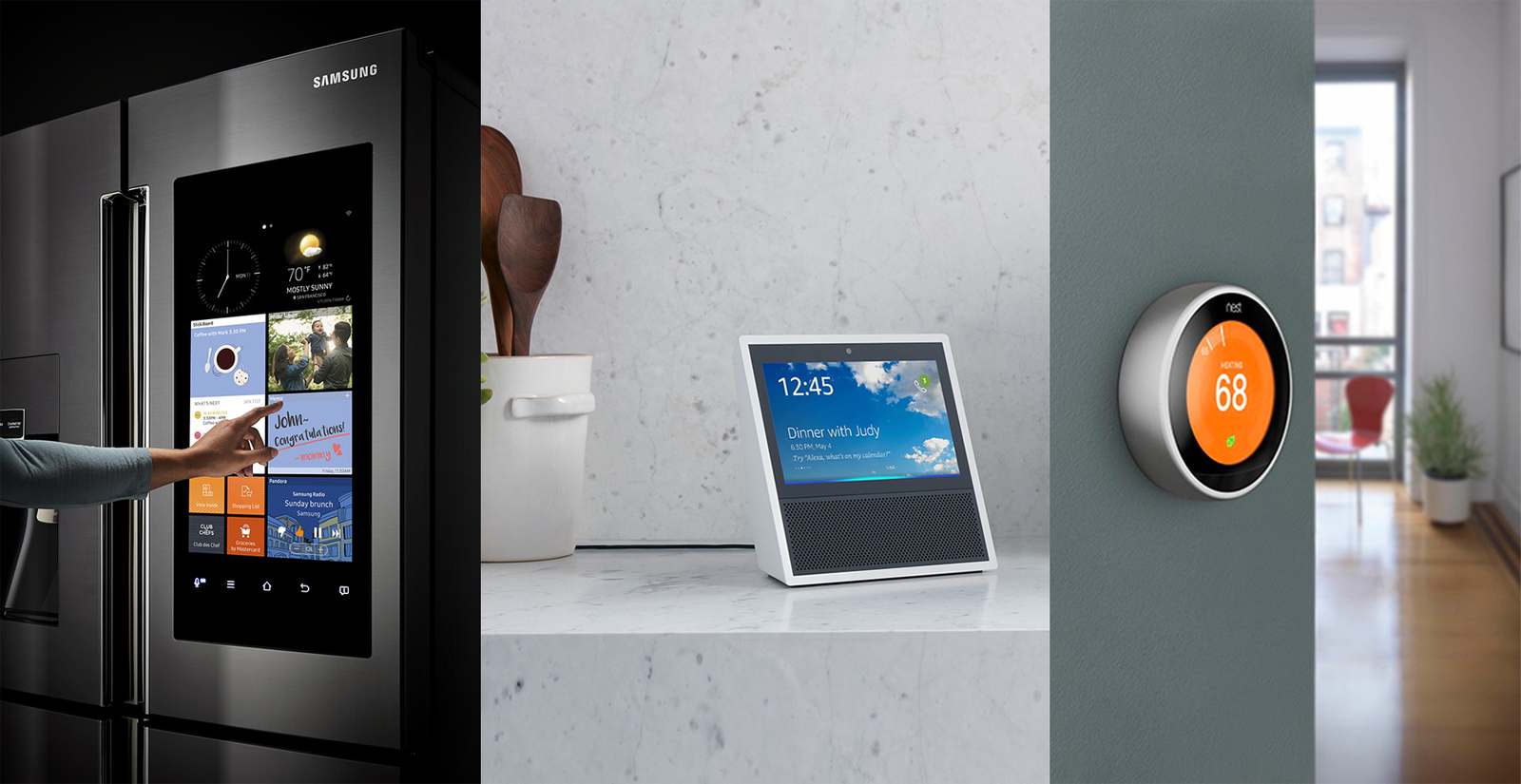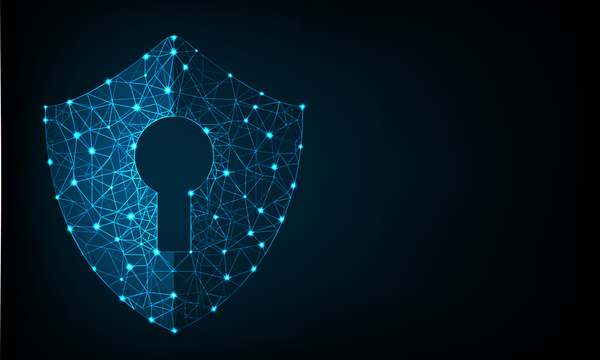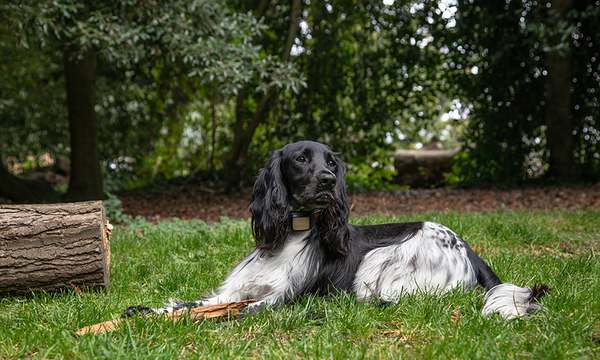
The Internet of Things: Doubling down on the data
This article is from the CW Journal archive.
So just how big will the Internet of Things be? Well, if you believe the hype, the answer is mind-bogglingly large. Ericsson set the bar high way back in 2010 when it predicted 50 billion connected devices within 10 years. Since then, estimates from analysts have reached trillions, thanks to the work of interested companies and an intensifying technological arms race.
Investment has poured into startups and crowdfunded campaigns where everyone assumes they're going to be an integral part of an all-singing, all-dancing connected ecosystem, giving us IoT capabilities in products as diverse as hairbrushes, fridges, cat litter trays, door locks and skis.
Today's IoT devices have given us a demographic which is a mile wide and an inch deep
This has been both a boon and a bane, with almost every new piece of technology now being designated as 'smart'. We're at risk of IoT fluff (food-ordering fridges) obscuring its huge potential benefits (detailed data sets, power saving). If that happens, it's easy to imagine investors losing confidence and turning their backs on the whole concept.
It's important to remember that the IoT is not just about making a connection to a device, but about collecting data, and then turning that data into useful information.
Once you have enough data, you can start to analyse it to discover valuable insights (for example, spotting consumer behaviour trends as they begin). Therein lies the big hope.
And as the quantity and range of data and applications grows, the hope is that the whole process becomes a self-fulfilling virtuous circle, with more data offering more opportunities for analysis, which then prompts the development of more applications, which can then be placed within more devices.
Meanwhile, the expected endgame for the consumer IoT (with its remotely controlled thermostats and lights) is quite different, where the focus remains having an app for an evermore questionable range of consumer goods.
|
GET CW JOURNAL ARTICLES STRAIGHT TO YOUR INBOX Subscribe now |

Many manufacturers are rushing into the IoT with little appreciation of the wider data issues. Instead, they see the entire concept as a type of technologically advanced brand loyalty card, immediately interacting with the consumer once a purchase is made, and allowing shopping experiences to be personalised (with a message sent to a consumer's smartphone or popping up in the bottom corner of a TV).
So, what is the 'real' IoT, and how do we get to it? Although the value in this technological space will come from data collection and analysis (initially at least), the biggest hurdle we still face is actually making secure and stable wireless connections between devices and networks.
Despite estimates from the established players in cellular technology of billions of wireless connections in the very near future, they've rather let the side down by failing to deploy a convincing, low-cost alternative to the 2G networks they're retiring. These of course form the basis of most current IoT products.
That's opened the field for a host of alternative, short-range, low-power wireless options (such as 802.11x Bluetooth or ZigBee) to stake a claim as the industry standard. It's also provided the opportunity for a tranche of proprietary LPWAN offerings (notably LoRA, SigFox and Ingenu) to directly challenge the cellular orthodoxy. All are currently jockeying to become the IoT connection system of choice. The problem is that this just builds in another decision point for developers, which adds delay. This will not help the IoT reach scale.
The IoT will be global, which means that manufacturers need to choose a connectivity option which is also global. As the current connectivity battle is happening along local lines, many manufacturers have decided to wait until there is an obvious winner.
1970s First connected products using land-line phones
1980s Beginning of telemetry using PMR
1990 Analogue cellular systems begin to emerge
1994 GSM data and SMS enable a wider connected device market
1997 British Gas rolls out 5,000 connected laptops for service engineers – the world’s largest commercial deployment at that time
2000 First GPRS network offers IP connectivity and starts the M2M market
2010 Ericsson predict 50 billion connected devices by 2020
2011 IoT replaces M2M, as Gartner adds it to its Hype Cycle
2012 Smartphone apps using Wi-Fi and Bluetooth start the consumer market
2013 Operators start to retire their GPRS networks with no obvious replacement
2014 SigFox and LoRA emerge as LPWAN contenders
2016 3GPP publishes NB-IOT standard
Ironically, for larger scale deployments the type of connection is not the major obstacle – provisioning is. If you look at the challenges of inserting SIMs into billions of phones and devices, and then carefully configuring them, it's simply not scalable.
It's a process which relies on consumers investing significant amounts of their personal time to make it work. If it's to go mainstream, the IoT needs devices which work automatically the first time they're turned on, and which can be managed for a number of years through cloud-based services.
NESTING TIMES
The first generation Nest thermostat was released in October 2011.
Now part of Google, one of the pre-eminent data mining organisations, the third generation device uses machine learning to understand its users habits
Unfortunately, the connectivity war is diverting attention from the challenge of provisioning. The constant announcement of new connection options, and the resulting price war, plays straight into the hands of startups who just want to add connectivity to consumer products, with no idea of the IoT's real value. But, these products appeal to a very limited demographic, giving us an IoT which is a mile wide and an inch high.
The rapid product cycle also gives little time for end-to-end integration or any consideration of data analytics. Time-to-market pressure means many of these products are built on platforms such as the Raspberry Pi: great for hobbyists and school pupils, and of the 14 million sold to date probably only a small percentage are IoT products.
This is not the way to achieve market volume and acceptance. Those wanting to turn the IoT into an everyday, usable reality need to turn their focus from products to business models, where they can concentrate on the value of data.
The explosion of new connectivity options in the form of (among others) Sigfox, LoRa, LTE-M, and NB-IOT should be viewed as a distraction. Industry, and particularly vertical sectors (agriculture, cities or transport), need to work out a way to make the IoT work for them.
The IoT is not about shiny consumer products but millions of cheap sensors, providing a volume of daily data that lets us extract marketing and sales value that we're not even currently aware of.
Unless we concentrate on making the IoT big, it will never be big enough to succeed. To get there, we need to focus far into the future, not on the transience gizmos which will only distract us from understanding the bigger picture.
For the past thirty years Nick has been closely involved with short range wireless and communications, designing technology that helps to bring mobility to products, particularly in the areas of telematics, M2M, IoT, wearables, smart energy and mobile health. He is closely involved with the Bluetooth SIG, the Continua Alliance and other medical and wireless standards bodies. He is the author of 'The Essentials of Short Range Wireless' - a book attempting to explain the application of wireless technology to product developers.











